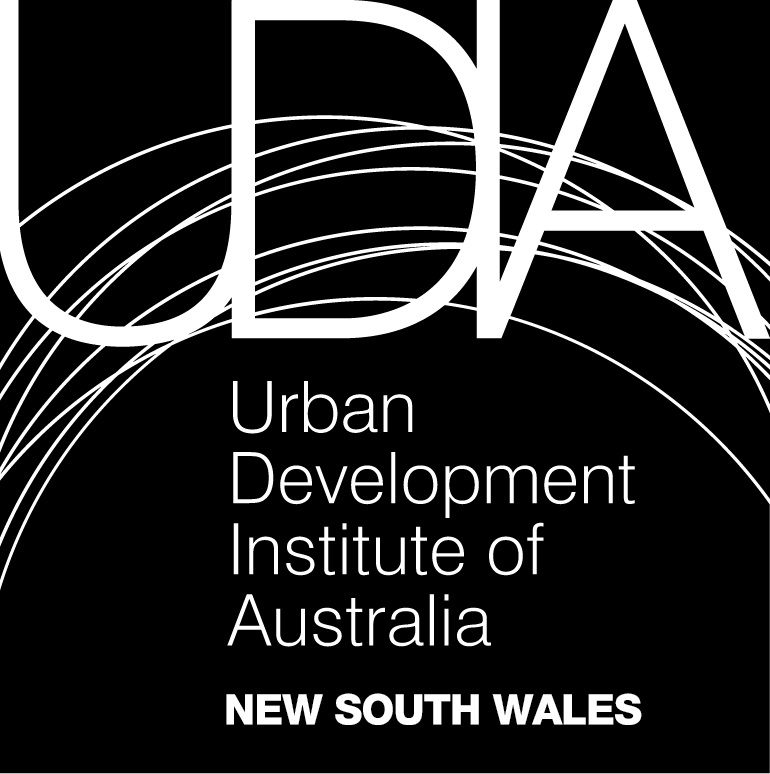The Economist, one of the most respected news magazines, lists four Australian cities amongst the top 10 in the world. The ranking is based on 30 factors spread across five areas: stability, infrastructure, education, healthcare and environment. Melbourne achieves first rank and Adelaide, Sydney and Perth are placed fifth, seventh and ninth, respectively.
An institution that has been intimately involved with urban development in the country since 1962, The Urban Development Institute of Australia (UDIA), must be immensely satisfied with the recognition earned by the nation’s cities at an international level.
UDIA has been at the forefront of helping to win recognition for land development as a major component of the economy for the last 53 years. The Institute was established by Bruce McDonald, who was a senior parliamentarian in New South Wales. It was originally based in Sydney but is currently headquartered in Canberra so that it can devote its energies to working on raising issues with the Federal Government to ensure the advancement of the urban development industry in Australia.
There are state based chapters of UDIA which function at a local level to drive policy initiatives for the promotion of the urban development industry. UDIA, New South Wales, is one of the major state bodies and its chief executive officer, Stephen Albin, explained that amongst the most important functions of UDIA is the role it plays to act as a catalyst for urban development activities by connecting key industry leaders and organisations.
The Institute has a very broad based membership and counts amongst them developers, financiers, builders, suppliers, architects, contractors, engineers, consultants, academics and state and local government bodies. In fact, practically each and every component of the urban development industry is amply represented within UDIA.
The Institute serves as a common platform and provides an opportunity for interaction amongst its members. The networking which takes place at events organised by UDIA has played an important role in the country’s urban developmental activities.
Speaking about this aspect of the Institute’s role, Stephen Albin says, “We have approximately 550 member-companies. About 10,000 people attend our events in New South Wales alone and they range from major development companies to one-man operations. The big companies need the one-man operations because one day the big companies might buy them and the one-man companies need the big ones because they can see what sort of activity is taking place in the market.
“We made a conscious decision to have a broad membership and not just have massive companies but to get that right mix.
“There is a company called Greenfields Property Development, who are developing the biggest ever project in New South Wales. Twenty years ago, Tony Perich, who is the owner, was a farmer. Now he is major developer. He met Laurie Rose two decades ago at one of our functions. Laurie’s been doing Tony’s work ever since. They are great business partners and this goes to show how a simple meeting at an event can create a lot of synergies and some good business relationships.”
The UDIA is a common voice for the urban development industry. It regularly takes up causes which will serve to promote efficient development and advises the federal government on the steps that are required to be taken. One of the issues being championed by UDIA is the need to shift away from inefficient taxes such as stamp duty and the requirement for developers to pay substantial amounts as initial development fees.
The Institute has made a detailed submission to the government describing how the inefficient tax system is proving to be detrimental to economic growth and prosperity. It has made the case that the imposition of stamp duty results in reduced labour mobility and productivity by tying down people to a particular location. Inefficient taxes also result in the reduction of new housing projects thereby leading to an increase in the prices of existing residential units.
A strong argument has been made for replacing these inefficient levies with GST and taxes on the value of land, which are considered a vastly better option and which would result in increasing the pool of housing available over a period of time.
The National President of UDIA, Mr. Cameron Shephard has urged the government to take up this important issue, “A great deal of Australia’s economic potential is being held back and squandered by a tax system that has failed to keep up with the times. Phasing out stamp duty in favour of a broader based GST, and broad based lower rate land taxes could deliver real dividends for economic growth and productivity, and housing affordability and supply.”
Another issue that UDIA has been consistently taking up with the federal government is the need to strengthen the country’s infrastructure so that it can continue to cater to the growing population. The recently issued Australian Infrastructure Audit Report states that the country’s population is expected to grow from 22.3 million in 2011 to 30.5 million in 2031.
Australia’s population growth is the fourth fastest amongst OECD countries and if only those OECD countries with a population over 10 million are considered, it is the country with the highest rate of population increase. The four cities of Sydney, Melbourne, Brisbane and Perth are expected to grow by 5.8 million, increasing their population from 12.8 million in 2011 to 18.6 million in 2013.
While this population growth is required for the economy to expand, it is essential that urban infrastructure keep pace so that the quality of life in Australian cities is maintained. The UDIA has specifically raised the issue of providing adequate transport facilities in the country’s cities. The Australian Infrastructure report states that this key area can prove to be a significant bottleneck in the development and growth of the country’s economy.
The report points out that in 2011 the cost of delays on roads in the six largest capital cities was to the tune of $13.7 billion. If adequate steps are not taken it is expected that the cost of delays could escalate to $53.3 billion by 2031. It is also expected that the demand for public transport will double by 2031.
In these circumstances, it is imperative that the government take up infrastructure projects to prevent Australian cities from slipping into a situation where public services and infrastructure are not at developed-country levels.
A third issue which UDIA has been raising with the federal government is regarding the affordability of housing in Australia’s cites. The Institute has pointed out that over the years the increase in the cost of housing has greatly exceeded increases in income. This has resulted in taking housing out of the reach of not only low income households, but putting many middle income households under great financial strain as well.
The UDIA has conveyed to the federal and state governments, that as the supply of housing has been restricted, it has put an upward pressure on prices of the available housing stock in the country. There is a need to address the basic issues which have resulted in the inadequate number of new housing projects. These have been identified by UDIA as high and inefficient taxes and charges on new housing, low investment in urban infrastructure, and excessive regulations and red tape.
Apart from these three issues, the Institute takes up a number of other causes which are of the greatest importance for the development of Australia’s urban infrastructure. Referring to the role played by UDIA, Stephen Albin says, “We are not lobbyists, we are actually about making sure that government is implementing sensible public policy and it is becoming more and more important because there is a large volume of legislation and policies that are being enacted by government and the industry needs someone to play this role”.
Additionally, one of the most important roles played by UDIA is to enable its members to exchange information amongst themselves. It does this by organising a number of events where members from diverse backgrounds, but having a common interest in the development of urban infrastructure, come together to exchange ideas and network. Such interactions can lead to great synergies and work towards boosting the pace of the country’s urban development.
The 2014-15 State of Australian Cities Report points out that 75% of the country’s population lives in its 20 largest cities. Cities account for the majority of jobs and a large part of the country’s economic output. Unless adequate focus is maintained on developing urban infrastructure, it will not be possible for Australia to keep up its rate of economic growth and increase the prosperity and well-being of its people.
Australia’s cities enjoy a well-deserved reputation for being amongst the finest in the world and providing their residents amenities that are unmatched even in many of the most developed countries. However, with the rapid growth of the country’s population there is a chance that Australia’s cities could see a deterioration in their infrastructure. UDIA has been playing a significant role in ensuring that urban infrastructure grows to meet the needs of the expanding population.
Supporting Partners & Preferred Vendors
Propertybuyer
www.propertybuyer.com.au
ParkTrent Properties Group
www.Parktrent.com.au
Sponsored Advertorials
- Property Buyer
- ParkTrent







 This information will never be shared to third parties
This information will never be shared to third parties